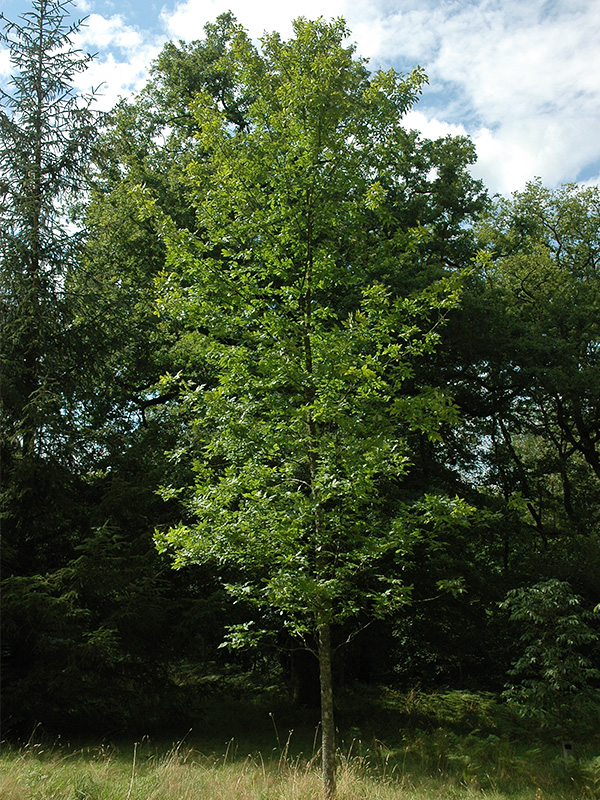
Woody > Fraxinus > Fraxinus pennsylvanica > Fraxinus pennsylvanica 'Patmore'
Fraxinus pennsylvanica
'Patmore'
Patmore Ash
Origin: The species is native to Eastern and Central North America.
| Family |
| Oleaceae |
| Genus |
| Fraxinus |
| Species |
| pennsylvanica |
| Cultivar |
| 'Patmore' |
| Category |
| Woody |
| Type |
| Tree (deciduous) |
| Patent Number |
| PP04,684 issued April 7, 1981. |
| Pronunciation |
| USDA Hardiness Zone |
| 4 - 9 |
| Canadian Hardiness Zone |
| 3a - 4a |
| RHS Hardiness Zone |
| H7 |
| Temperature (°C) |
| -20 |
| Temperature (°F) |
| -4 |
| Height |
| 12 - 25 m |
| Spread |
| 5 m |
Photographs
Description and Growing Information
Flowering Period
| Landscape |
| Has typically been used as a street, urban or shade tree. |
| Cultivation |
| Full sun in moist, fertile and well-drained soils. Prefers highly acidic, humusy and loam soil. |
| Shape |
| Horizontal, pointed and rounded. |
| Growth |
| Fast |
| Pests |
| Ash borer, lilac borer and carpenter worm. Susceptible to ash dieback. |
| Habitat |
| Horticultural origin. |
| Bark/Stem Description |
| Develops distinct diamond-shaped ridging on mature trees. |
| Leaf Description |
| Odd-pinnate compound leaves each with 5 - 9 leaflets. Oval to oblong-lanceolate leaflets that are 7 - 10 cm long. |
| Flower Description |
| Apetulous male flowers. |
| Fruit Description |
| Patmore is a male cultivar, therefore no fruit is produced. |
| Colour Description |
| The leaves are shiny green and turn yellow in autumn. The bark is a greyish-brown colour. |
| Texture Description |
| Bark is medium in texture. |
| Propagation |
| Budding onto species rootstock. |
| Ethnobotanical Uses (Disclaimer) |
| The species is commercially used for a variety of products including tool handles, oars, garden furniture and sports equipment. |



